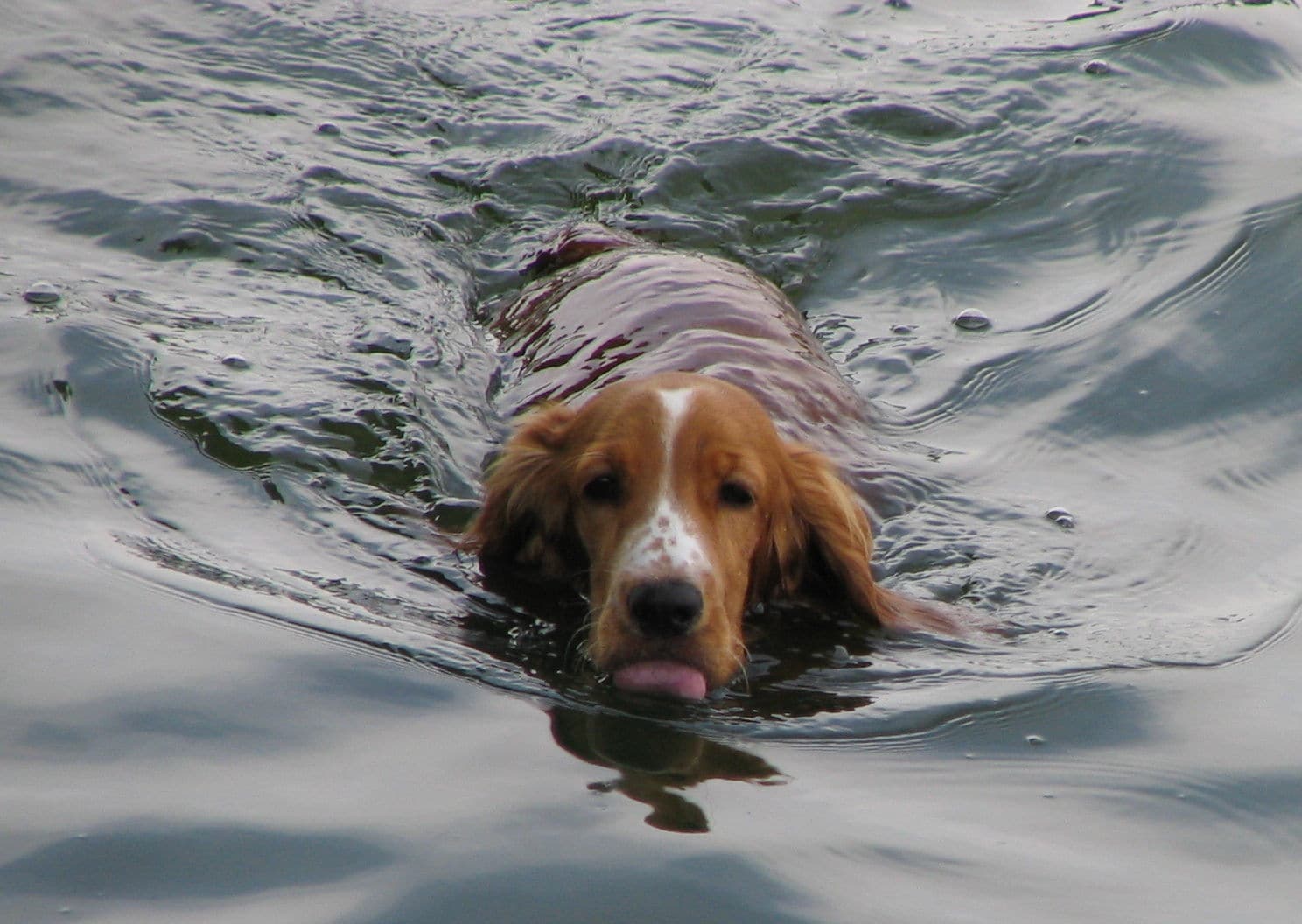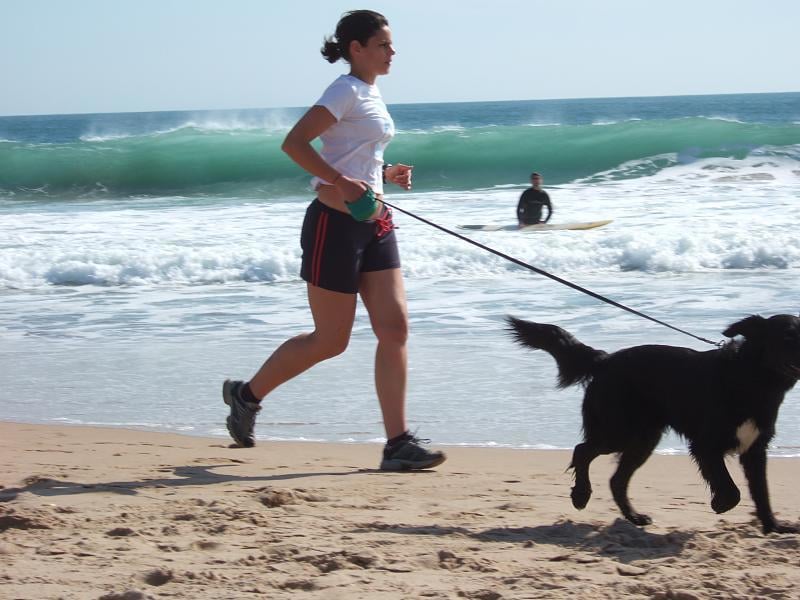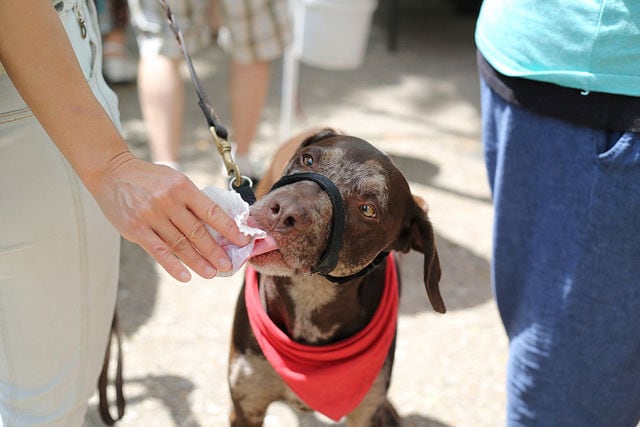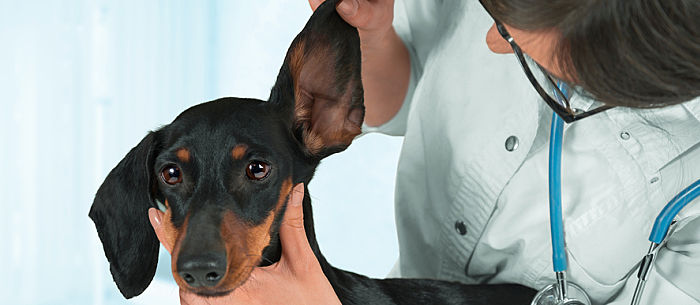As a dog owner, you may not imagine that your four-legged friend could get a yeast infection. However, a dog yeast infection is more common than you might think. Dogs typically experience yeast infections on their skin or in their ears. They can develop from underactive immune systems, as a side effect from taking steroid or antibiotic medications, or from an allergic reaction to the yeast itself.
So how can you tell if your pup has dog yeast infection? First, give him a thorough head-to-toe inspection to see if you notice any of these symptoms:
- Redness
Redness that covers a majority of your dog’s skin can indicate a yeast allergy. This doesn’t necessarily mean a yeast overgrowth, but that your dog is experiencing a reaction to his own flora, or the naturally occurring yeast and bacteria inside of his body.
- Itching
Observe your dog to see if she seems to constantly scratch herself, paw at her ears, chew on her feet or drag her backside along the ground. Yeast infections can feel very itchy. If your dog seems excessively uncomfortable, yeast could be the culprit.
- Smell
If your dog has a yeast infection, you will probably smell it before you see it. People often describe this infection as smelling very musty or cheesy, like moldy bread or stale corn chips. Dr. Marty Becker, veterinarian and author of Your Dog: The Owner’s Manual, suggests that vets often use their noses to initially detect a yeast infection, and that many “can identify yeast infection from about 30 paces.”
Dr. Karen Becker, veterinarian and author of Real Food for Healthy Dogs and Cats, helps dog owners effectively treat yeast infections with a multi-faceted approach. “As with people, dogs have a normal amount of healthy levels of yeast that naturally occur on their body,” says Dr. Karen Becker. “That balance of healthy flora is kept in check by a healthy and balanced immune system.”
Dr. Karen Becker recommends changing your dog’s diet if you suspect that she has a yeast infection. Focus on feeding your dog foods with high levels of protein, and add in anti-fungal foods like oregano and garlic, which naturally fight yeast.
Certain activities can often promote a yeast infection, including these activities:
- Taking Your Dog to the Lake
Swimming, especially in hot, humid weather, can cause moisture to remain on your dog’s body for long periods of time. This can lead to or worsen a yeast infection by creating the perfect environment for yeast to flourish. Make sure to dry your dog thoroughly after a trip to the lake.
- Too Much Exercise
According to Washington University in St. Louis, dogs need to run and play for a happy and healthy lifestyle, but excessive running can trap yeast-promoting moisture in between toes. The more sweat that gets trapped between his toes, the more yeast will want to grow there. If your dog just loves to run and catch Frisbees, always rinse her off and clean her feet once playtime is over, and dry her well to prevent yeast overgrowth.
- Spending a Lot of Time In the Hot Sun
Dogs usually love to hang around outside, but if it’s hot out, your dog might start to sweat. The University of Maryland suggests that yeast loves body creases, like armpits, the area between toes, and in and around the genitals. If your dog sweats a lot, it could mean yeast might form in his body creases. Try allowing your dog to spend time outdoors during the cooler morning or evening hours, and make sure to bring her inside during the hottest parts of the day.

Feeding Your Dog Sugary Snacks - Feeding Your Dog Sugary Snacks
Yeast loves sugar, so avoid pet foods and treats that include honey, high fructose corn syrup, potatoes, corn, wheat and rice in the ingredient list. Dr. Karen Becker explains, “With pets that are dealing with yeast blooms, you’ve got to get the sugars out of your pet’s diet.” Since yeast feeds on sugar, removing carbs from your pet’s diet can help fight yeast overgrowth.
- Neglecting Bathing
If your dog is already starting a yeast infection, bathing is vital for keeping the infection from getting worse or spreading. It’s important to clean and disinfect the body parts that contain yeast.Bathe your dog regularly using an herbal or anti-fungal dog shampoo, like tea tree oil shampoo, cleaning the affected areas well. Dr. Karen Becker recommends avoiding oatmeal shampoos, which can promote yeast growth. Use witch hazel on a cotton swab or a cotton ball to clean our your dog’s ears as often as needed.

Dogs usually catch a yeast infection during the hot, sweaty months of summer. However, if your dog seems to continually battle yeast infections all year long, talk to your veterinarian about tests that could detect whether your dog might have a weakened immune system.
For more on dog health, read about dog eye infections.
Kelly Sundstrom is an award-winning journalist, author, artist and national special needs spokesperson. As the caretaker of two dogs, five cats and a bearded dragon, Sundstrom understands the importance of keeping pets safe and healthy.
* This article is for general informational purposes only. It is not intended nor implied to be providing medical advice and is not a substitute for such advice. The reader should always consult a health care provider concerning any medical condition or treatment plan. Neither Care.com nor the author assumes any responsibility or liability with respect to use of any information contained herein.
